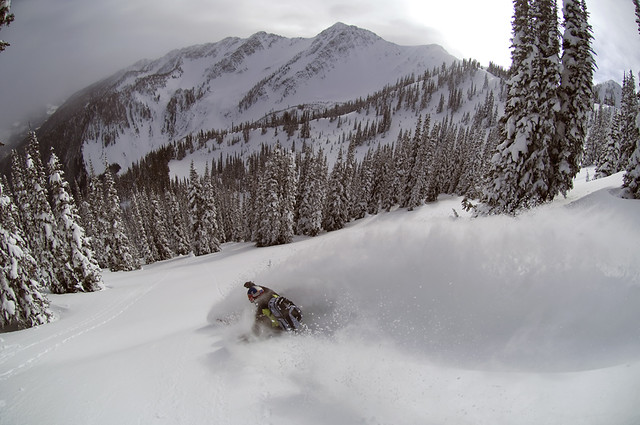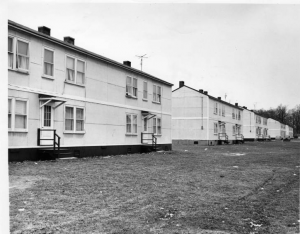Shane’s impact on ski culture first became evident in the early ‘90’s when his daredevil style went above and beyond his peers on the slopes. Prior to Shane, free skiers were content to simply take air off a cliff or carve big Super G turns into fields of powder. When Shanearrived on the scene, he took the free skiing world by storm. He performed acrobatic maneuvers off of massive cliffs. He championed the switch back flip. He invented ski BASE-jumping (skiing off of cliffs several thousand feet high and throwing a parachute). Innovation was the theme of all Shane’s skiing endeavors. As Shane continued to pioneer new ways of ripping lines, skiers around the world started to follow in his footsteps. As professional skier CR Johnson put it, “Shane’s influence had me doing flips off cliffs.” With the increased popularity of aggressive free skiing, Shane conceived the International Free Skiers Association (IFSA), an organization dedicated to organizing big mountain skiing competitions, events that put Shane’s style of skiing on display. These competitions have gained popularity over the last fifteen years and are now spoken in the same breath as racing, mogul, and terrain park events.
“Shane McConkey Retallack Pow” by Jake Kirshner.
Never settling, Shane was always looking to improve aspects of his skiing, and his skis were no exception. In addition to founding the IFSA, Shane altered the ski world by popularizing fat skis and later inventing a new type of powder ski. Both innovations have made powder skiing easier, faster, and more fun. Up until the early 90’s, skiers unanimously used skinny skis. Fat skis existed, but ski culture held a stigmatism against them since they alleviated a skier’s workload in powder, causing them to be seen as an easy way out. In his typical fashion of going against the grain, Shane saw the advantages of fat skis, and started skiing on them exclusively. To all those who condemned their use, Shane would simply say “see you at the bottom!” Shane’s switch to fat skis in his movies instigated the dominant trend of ski technology for the next two decades. Though fat skis were a major step forward, Shane continued to look to improve ski technology. Around the turn of the century he convinced his ski sponsor at the time, Volant, to manufacture a reverse camber, reverse sidecut ski, or Rocker. This invention allowed skiers to rip powder even more easily and tackle lines that were previously thought to be impassible. Shane’s innovation immediately caught on and become the powder skiing norm. This year, over five major ski manufacturers released their version of the Rocker. Professional snowboarder Jeremy Jones described the magnitude of Shane’s feat, “Having a groundbreaking idea is one thing but getting a company to invest large sums of money into unproven technology that goes against 100 years of technology is his biggest accomplishment.”
Below is a tribute segment of the Matchstick Productions ski film, In Deep, made by one of Shane’s best friends, Scott Gaffney. The video really captures the impact and awesomeness of McConkey.


